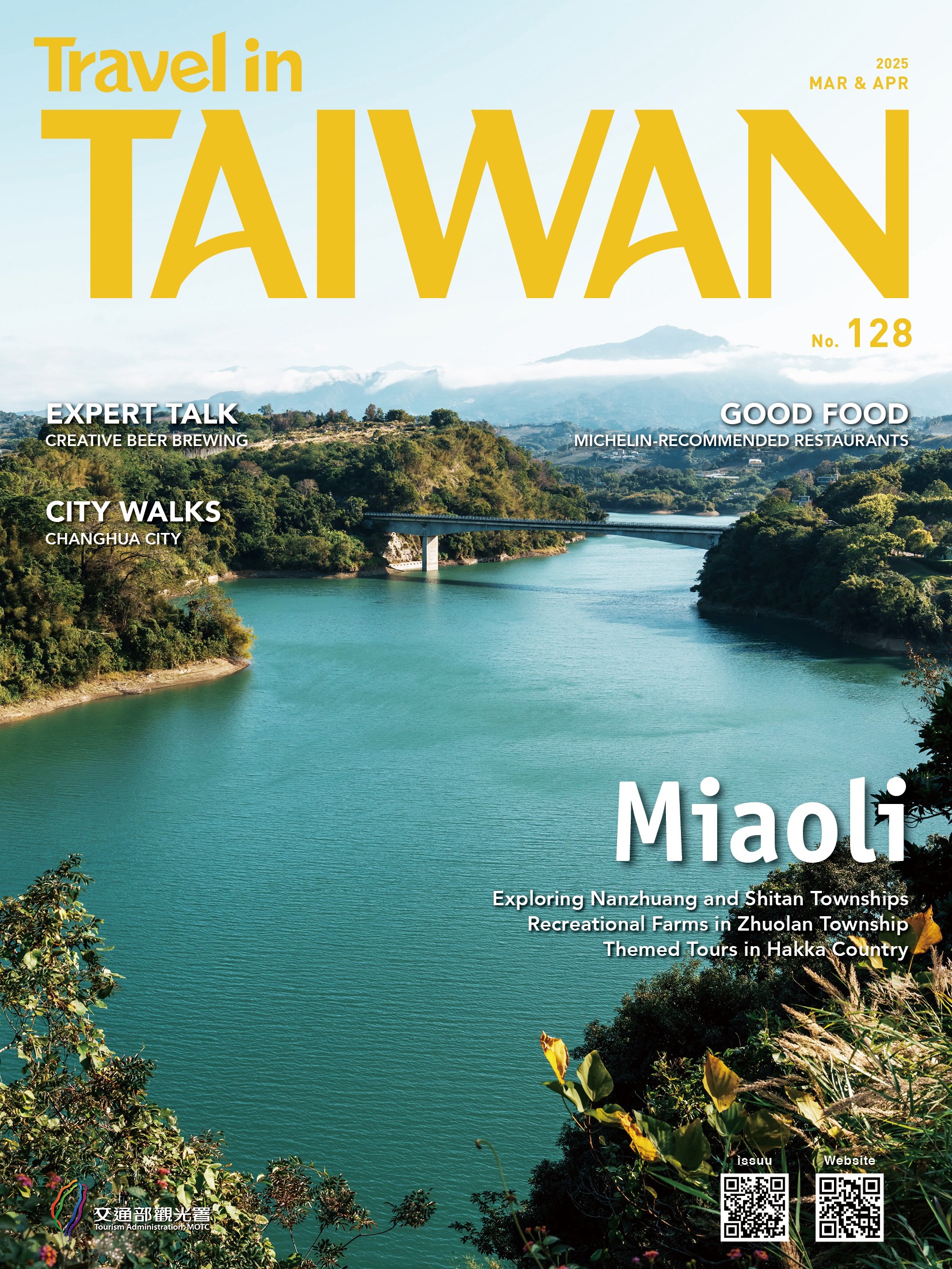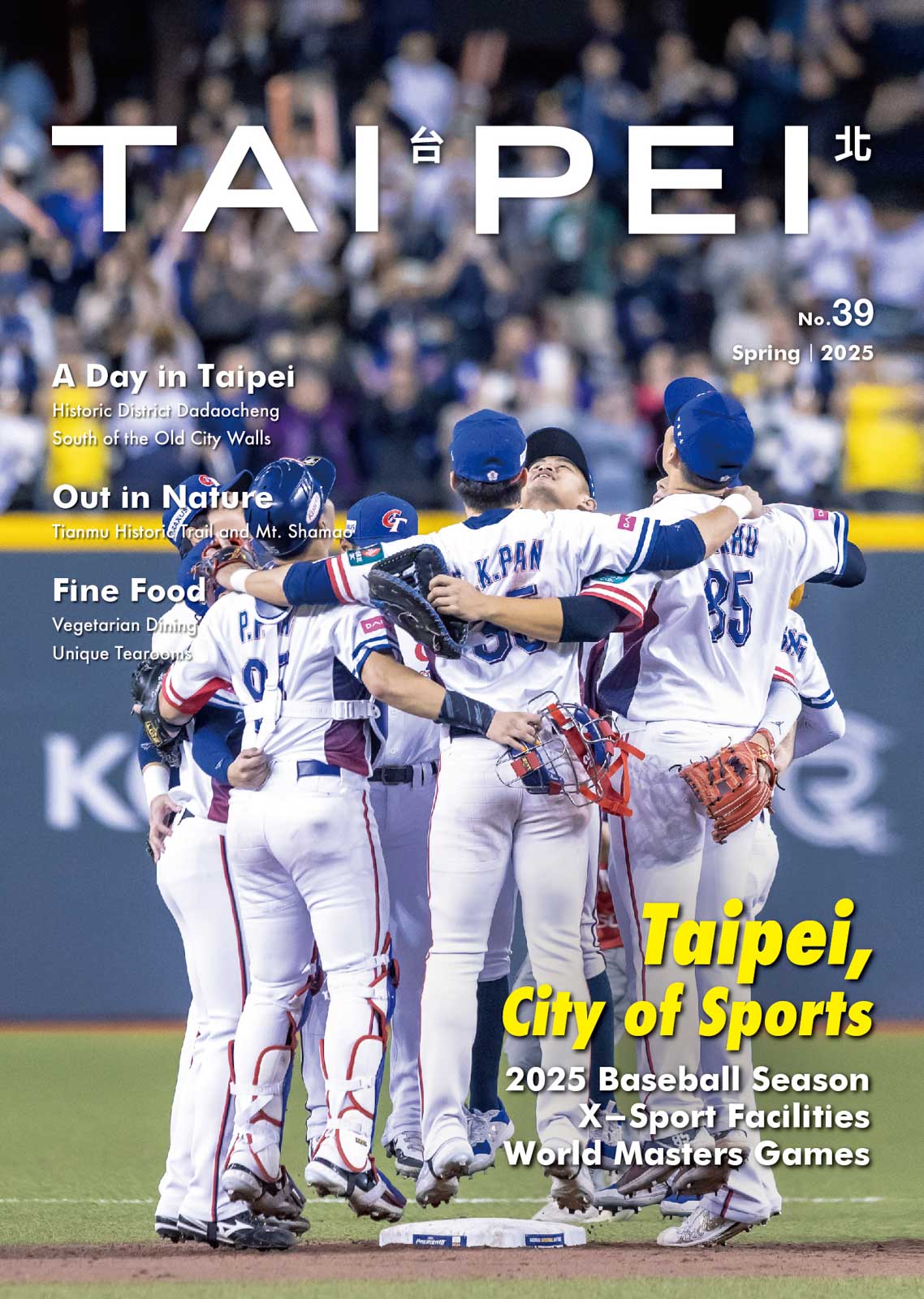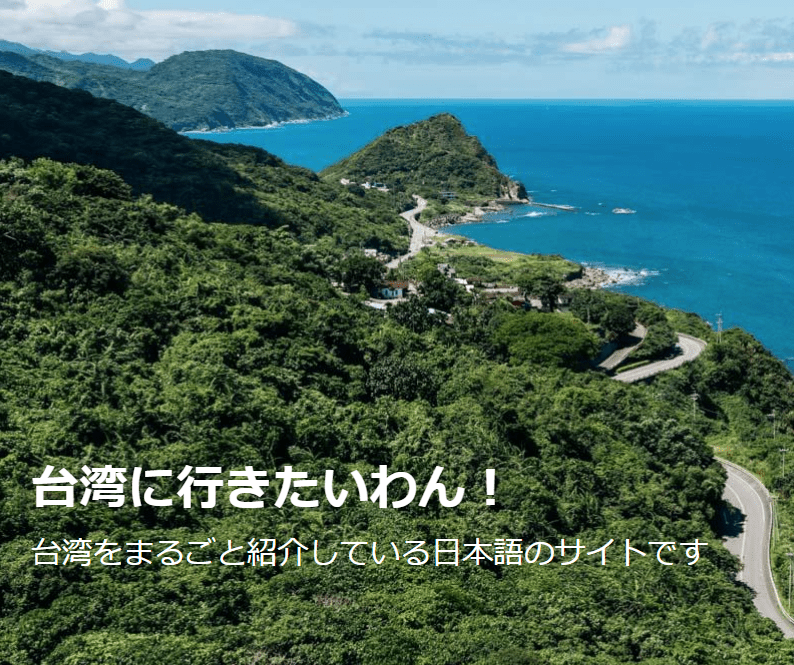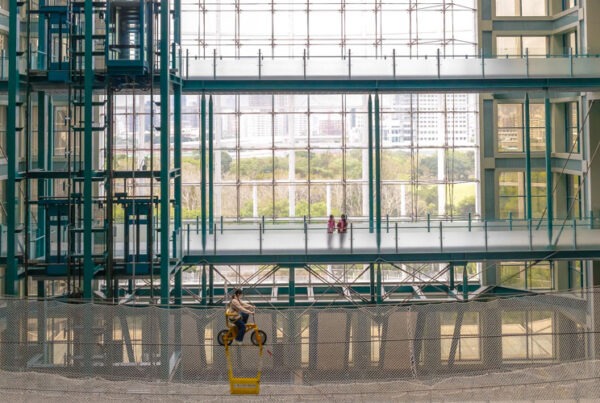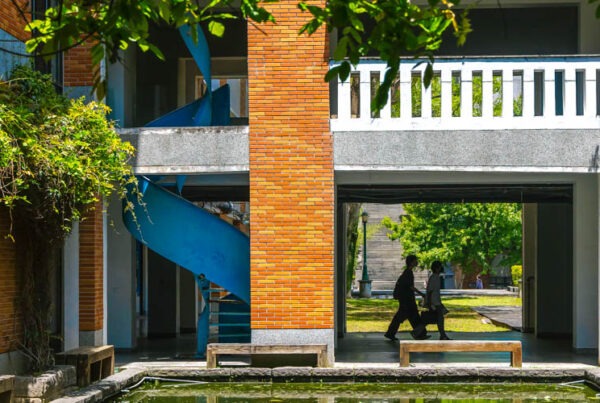A Heady Mix of Early 20th Century Old and 21st Century New
TEXT | RICK CHARETTE
PHOTOS | VISION
Note: This article was published in the 2025 Summer Edition of TAIPEI magazine, a publication by the Taipei City Government.
The busy crossroads under which the MRT Zhongxiao Xinsheng Station sits is the precise point where Taipei’s modern East District began to take shape in the 1960s. Here’s an on-foot dive into the area’s marvelous blend of cutting-edge new and imperial-age old.
Syntrend
A block-and-a-bit north/northwest of the metro station, Syntrend is a high-rise building of avant-garde design housing an uber-trendy shopping complex dedicated to 3C product shopping. It specializes in technology, gaming, anime culture, photography, and electronics. Sellers entice buyers with hands-on experiences, and visitors enjoy ample opportunities at VR and e-sports experimentation.

The sixth and seventh floors compose the city’s leading anime/manga center. There’s an outlet of Lashinbang, Japan’s top second-hand collectible store, and at Kiledo Heaven Arcade, play games to your heart’s content, including Japan’s hit Taiko no Tatsujin, with you a taiko drummer keeping time with music.
At the ground-floor Republic of Gamers outlet, test-drive the multitude of gaming stations. At the third level, Viveland offers immersive Virtual Reality/Mixed Reality games, such as Versus (VR laser tag).
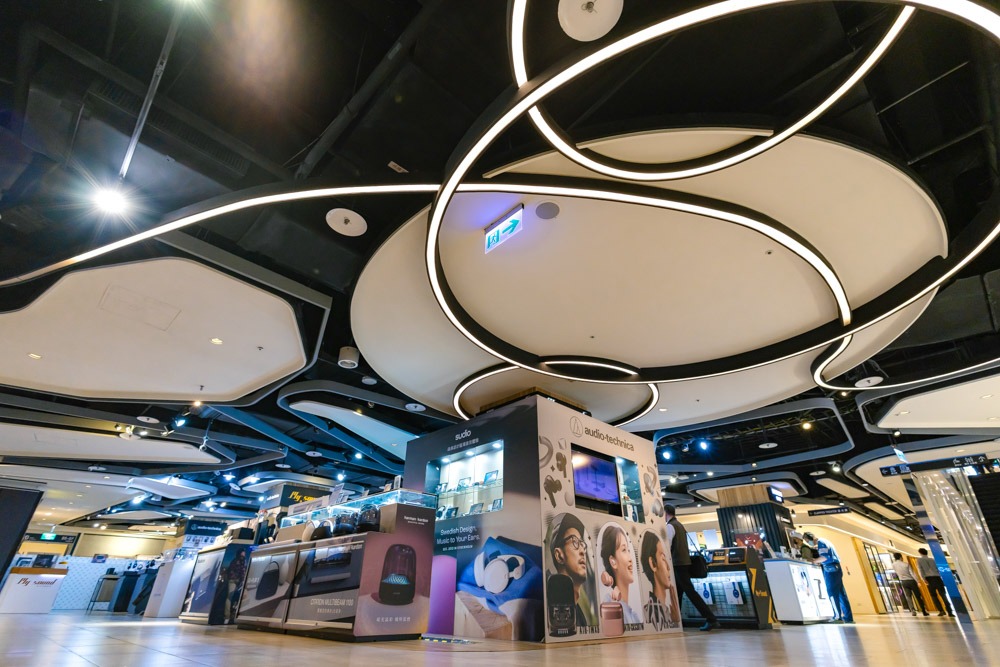
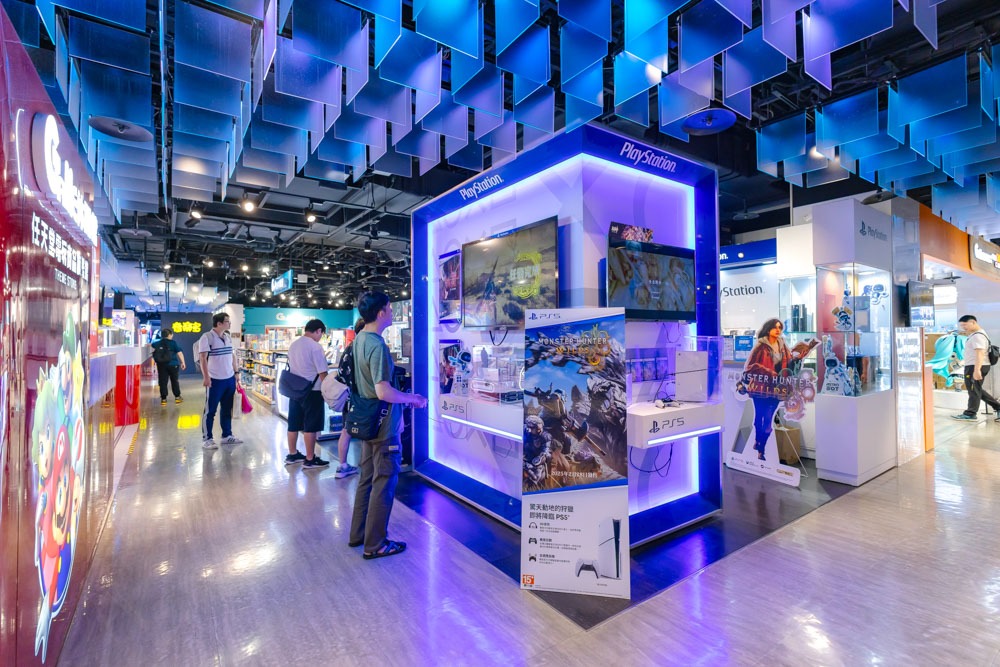
Note that another high-rise complex is right next door, the beloved Guang Hua Digital Plaza, filled with retailers specializing in computers and computer accessories.
Syntrend
三創生活
2, Sec. 3, Civic Blvd., Zhongzheng Dist.
(02) 7701-0268
www.syntrend.com.tw
Don Don Donki Zhongxiao Xinsheng
Japan’s Don Don Donki is a discount-store chain known for its mind-boggling array of products, from Japanese snacks to cosmetics to household goods. Like its brethren, this Taipei outlet is a color riot – both in terms of products and displays. Uniquely, it has a maze layout, with the endless route choices leading to serendipitous finds of quirky products. Each section is a world unto itself, featuring an idiosyncratic color scheme and/or graphic style. And the clever display designs add to your shopping entertainment – for example, you’ll find the penguin mascot Donpen jumping out of an oversized noodle cup and riding a roller-coaster, the penguin Donko as the Statue of Liberty holding ice-cream products and with popsicles forming her crown, etc.
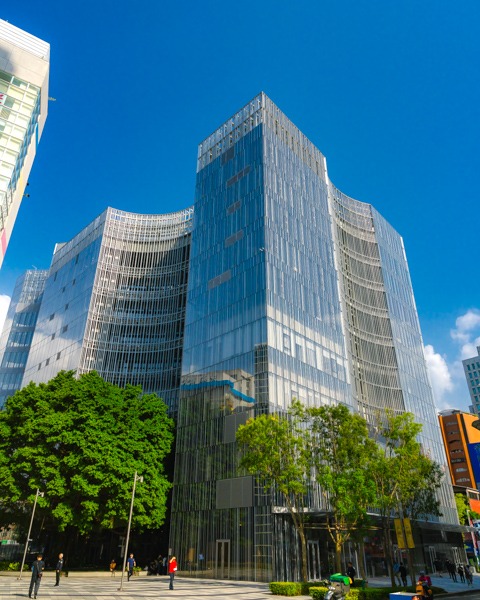


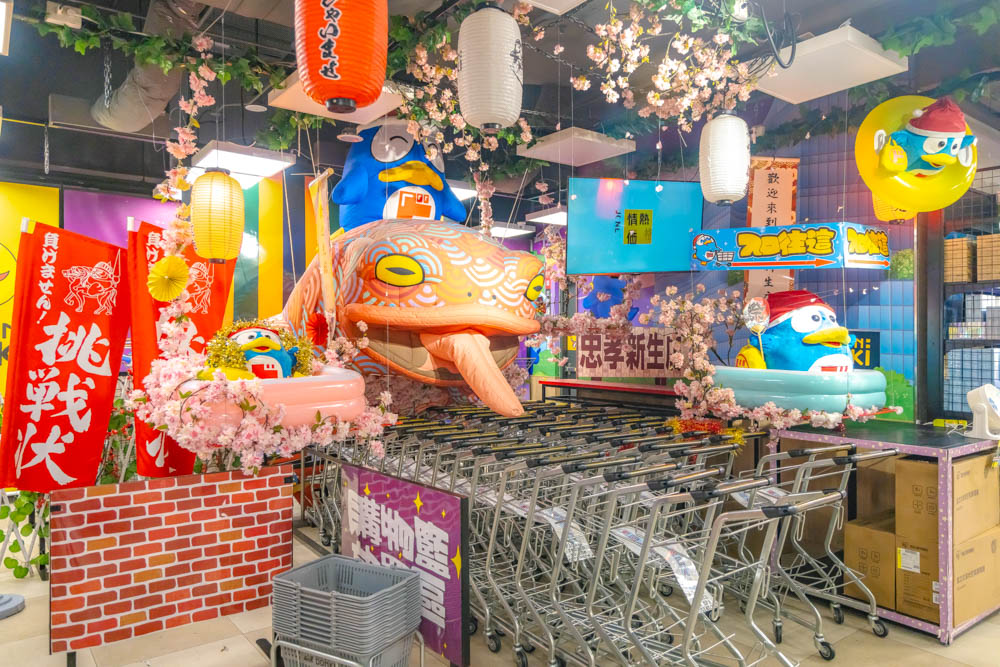
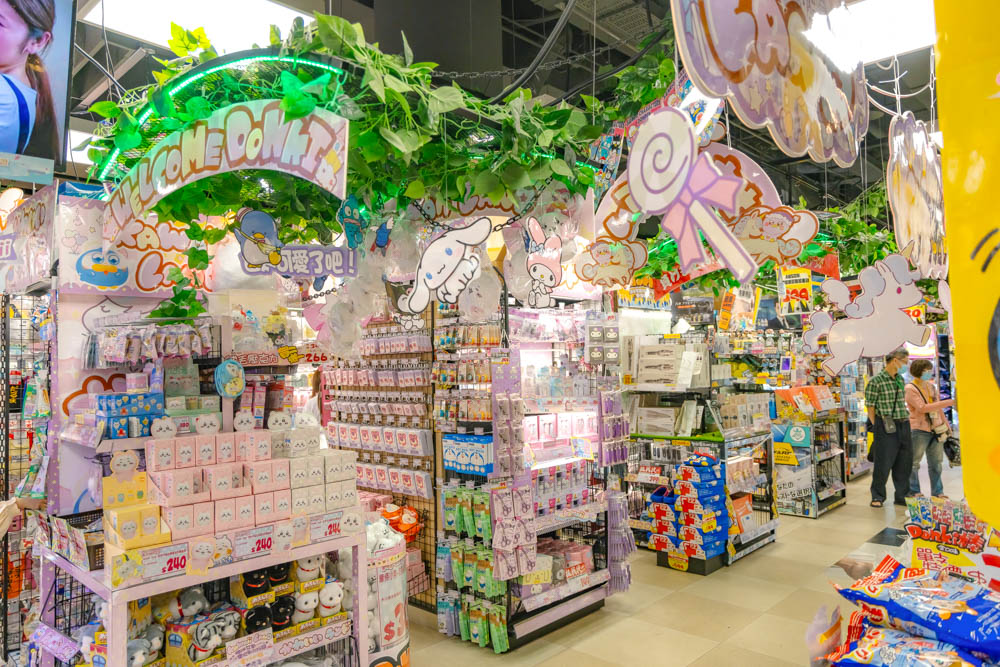
Don Don Donki Zhongxiao Xinsheng
B1, 55, Sec. 1, Bade Rd., Zhongzheng Dist.
(02) 2321-8911
www.dondondonki.com/tw
Huashan 1914 Creative Park
The heritage facilities at Huashan 1914 Creative Park, located one block west of the metro station, were originally part of a brewery complex established on the city’s then eastern margin during the Japanese era (1895-1945) – yes, in 1914. Because of water purity and other issues encountered as the environment was urbanized, production was transferred in 1987 to the edge of the Taipei Basin in what is today New Taipei City’s Linkou District.
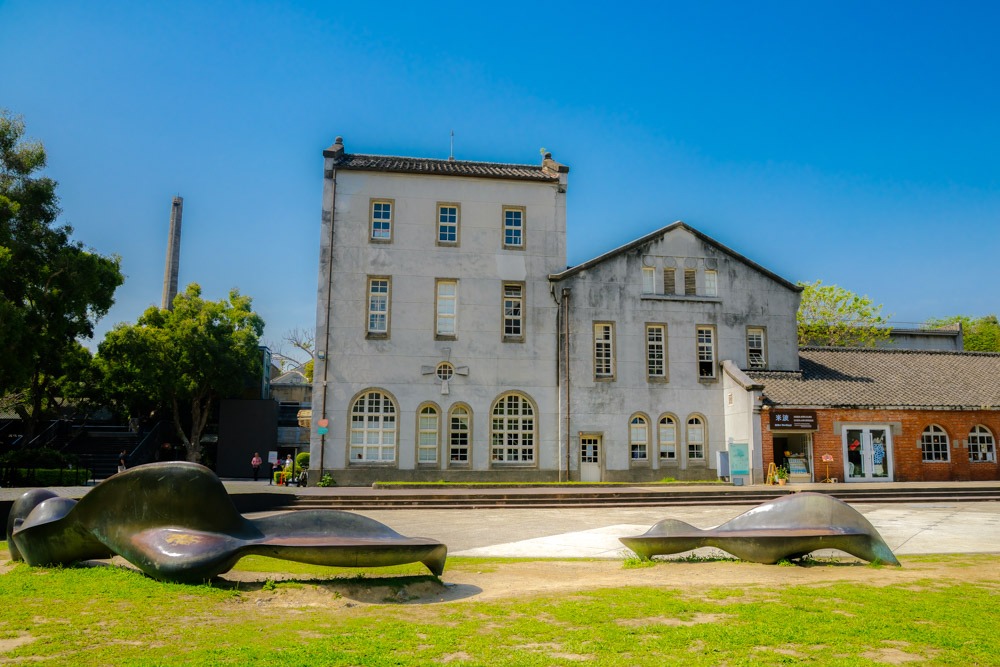
The site of many intact structures, which was abandoned for a time, is today a priceless window into the city’s industry and everyday working life during the days of yesteryear, and treasured as well because it is an oasis of large open spaces for public recreational use right in the heart of today’s densely developed metropolis. Transformed into a cultural-creative hub starting in the 2000s, home to exhibition galleries, an indie-film theater, an independent bookstore, cultural-creative shops and pop-up stores, cafés, eateries, and bars, it has become a key city cultural-events platform. The busy schedule includes large-scale exhibitions and live performances, such as theatrical and music stage productions, as well as busking.
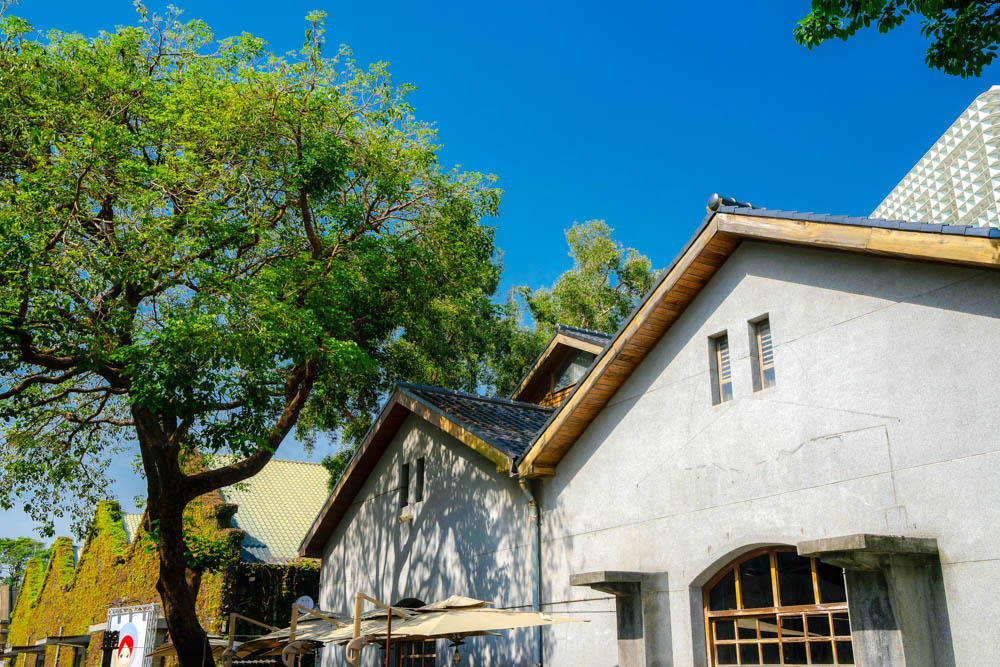
Huashan Theater is an expansive grassy plaza that fronts the complex. With fully open access – no fencing or perimeter walls – it is a favorite gathering spot for park visitors and neighborhood residents, filling up in the afternoons and evenings. Street performers provide entertainment, most heavily on weekends/holidays.
Be sure to visit the Service Center, in one of the Tower Area Historical Buildings at the plaza’s edge, for details on the original function of the structures in the complex and which cultural-arts/commercial venture today occupies each. The two interconnected three-story “towers” (one significantly higher than the other) were originally occupied by research and quality-control facilities.
The former Packaging Factory today houses SPOT Huashan, SPOT Designs, and SPOT Café Lumière. SPOT Huashan is an art-house cinema (two screens) emphasizing alternative films from Taiwan and abroad, offering original, unconventional perspectives. SPOT Designs is a boutique shop packed with memento-style cultural-creative merchandise, and the café is a stylish combination café/lounge bar.
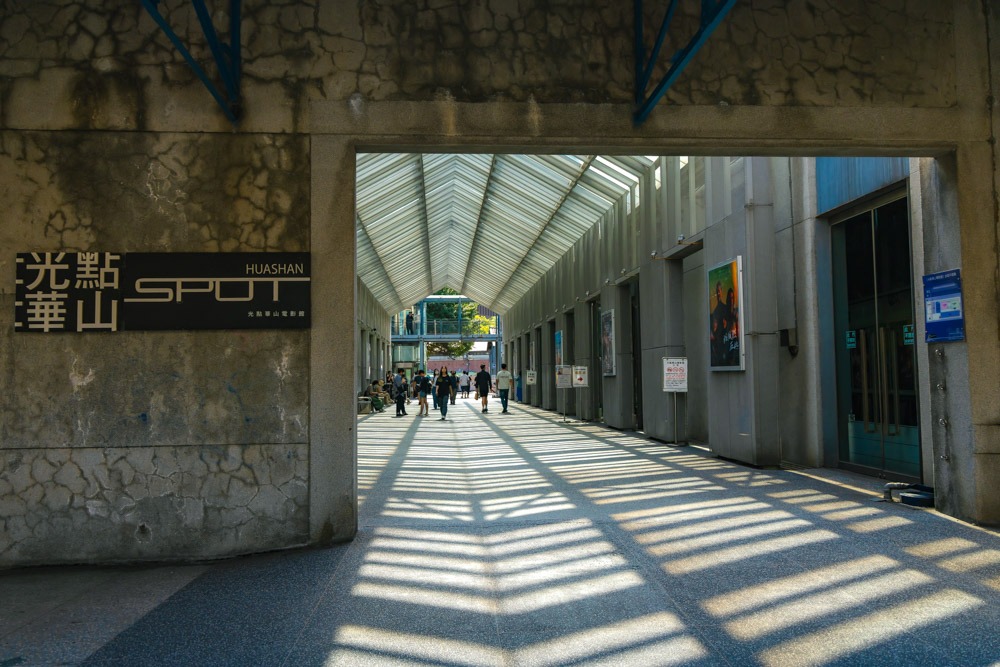
What was then the Compounded Liquor Factory is now the lair of Legacy Taipei, one of the city’s most important live-music venues, with shows put on by both alternative and mainstream musicians – primarily emerging acts – from Taiwan and overseas.
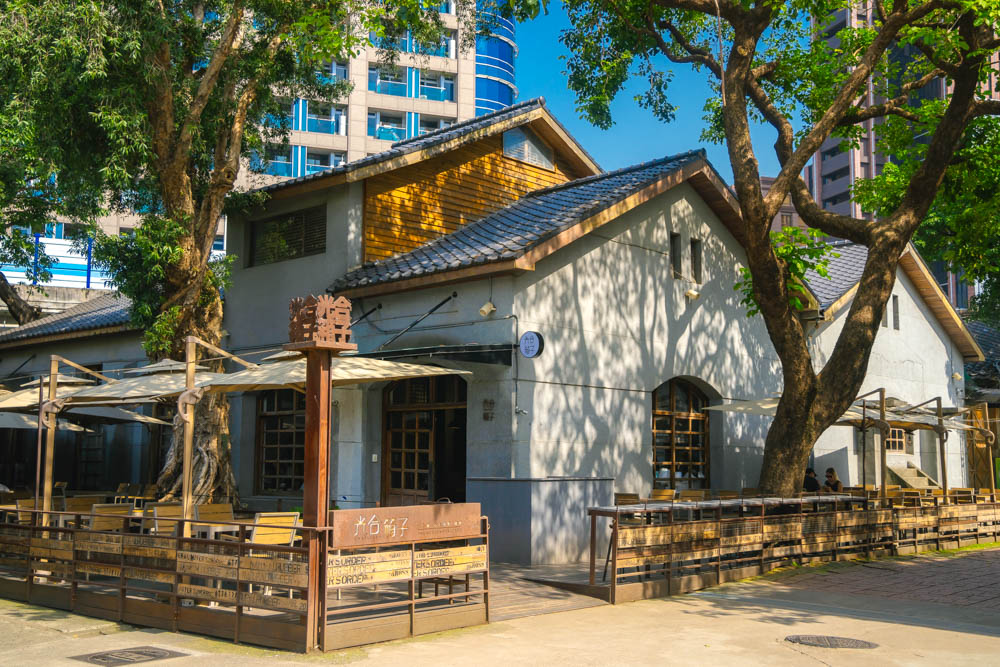
The Huashan Grassland, situated just to the northwest of the Huashan complex, is a favorite spot for picnics, taking selfies with delightful installations, and relaxed play. The neighboring children’s playground provides entertainment for kids with a zip line and a chimney-shaped tower equipped with two long slides.
Huashan 1914 Creative Park
華山1914文化創意產業園區
1, Sec. 1, Bade Rd., Zhongzheng Dist.
(02) 2358-1914
www.huashan1914.com
Taiwan Literature Base
A little over a block west/southwest of the metro station, the Qidong Street Japanese Houses are a concentration of Japanese-era dormitory residences that have been saved from the wrecking ball, restored, and given new functions. Along and nearby Qidong Street, they form one of the city’s best-preserved such heritage groupings. Taipei is home to about 2,000 wood-built structures from the Japanese era, along with approximately 4,000 protected trees grown on their grounds.

Short, curving Qidong Street is the only remaining downtown section of an old Qing Dynasty-era pathway connecting today’s Wanhua District with Keelung on the north coast, used for transporting rice, coal, and other daily necessities. The traditional Japanese-style abodes, built of wood and capped with ceramic-tile roofing, were built between 1920 and 1940 as accommodation for government officials and senior civil servants. After the close of the Second World War, the Japanese returned to the motherland, and Bank of Taiwan personnel as well as other government officials took up residence.

Slated for demolition by developers in the early 2000s after the Bank of Taiwan sold off the land, members of the surrounding community rallied to protect the dilapidated-yet-invaluable structures – at times standing toe to toe with demolition crews – and good fortune arrived with a decision by the forerunner of the present Department of Cultural Affairs to become involved, which has since worked with the relevant local community representatives to rejuvenate the surviving buildings.
A key resident of a number of the carefully renovated heritage buildings is the Taiwan Literature Base, affiliated with the National Museum of Taiwan Literature (located in Tainan City), established in 2014. Originally called the Qidong Poetry House, the number of restored buildings it occupies has steadily expanded over the years, and now constitutes the city’s largest and best-restored dormitory cluster.
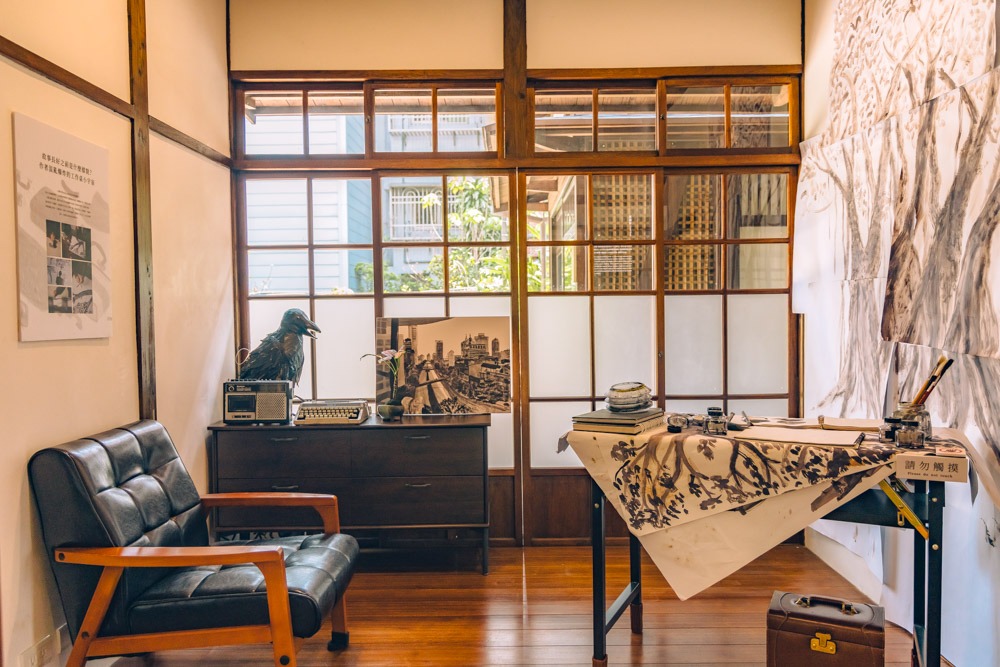
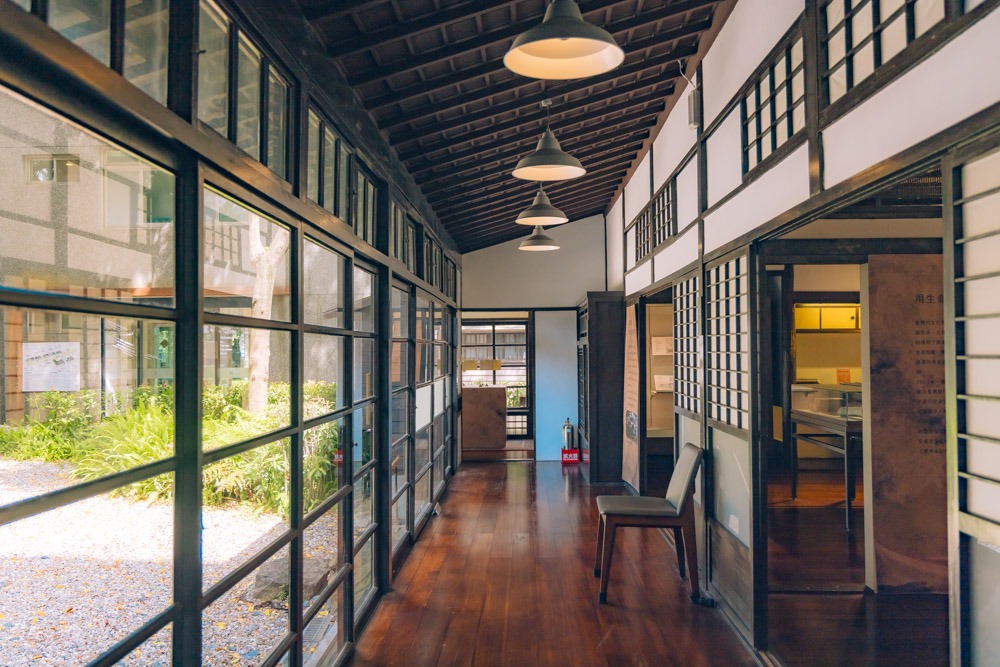
Taiwan Literature Base has a regular schedule of exhibitions, cultural-arts performances, and courses/lectures, as well as a writers-in-residence program with writers from Taiwan and around the globe participating. Visitors have the chance to interact with these writers on weekends. There is one permanent exhibition, entitled The Birth of the Literature Base: A New Chapter of the Old Houses, housed in the largest building, Qidong House, whose name reflects its legacy. Free guided tours of the whole complex are also provided Sat/Sun at 2 pm (advance registration up to 15 min. before start).
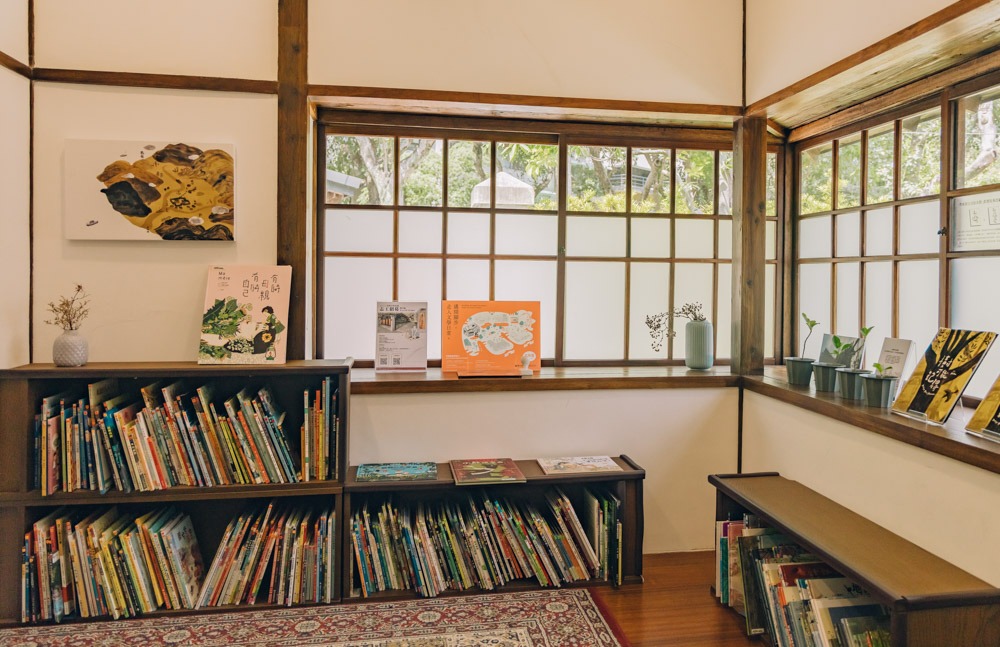
The on-site eatery PING AN JING Matcha One, featuring a retro Japanese décor, serves classic Japanese and Western dessert treats, including wagashi. It’s the perfect place to relax after exploring the area around Zhongxiao Xinsheng Station.

Taiwan Literature Base
台灣文學基地
27, Sec. 2, Jinan Rd., Zhongzheng Dist.
(02) 2327-9657
tlb.nmtl.gov.tw
About the author

Rick Charette
A Canadian, Rick has been resident in Taiwan almost continually since 1988. His book, article, and other writings, on Asian and North American destinations and subjects—encompassing travel, culture, history, business/economics—have been published widely overseas and in Taiwan. He has worked with National Geographic, Michelin, APA Insight Guides, and other Western groups internationally, and with many local publishers and central/city/county government bodies in Taiwan. Rick also handles a wide range of editorial and translation (from Mandarin Chinese) projects.



